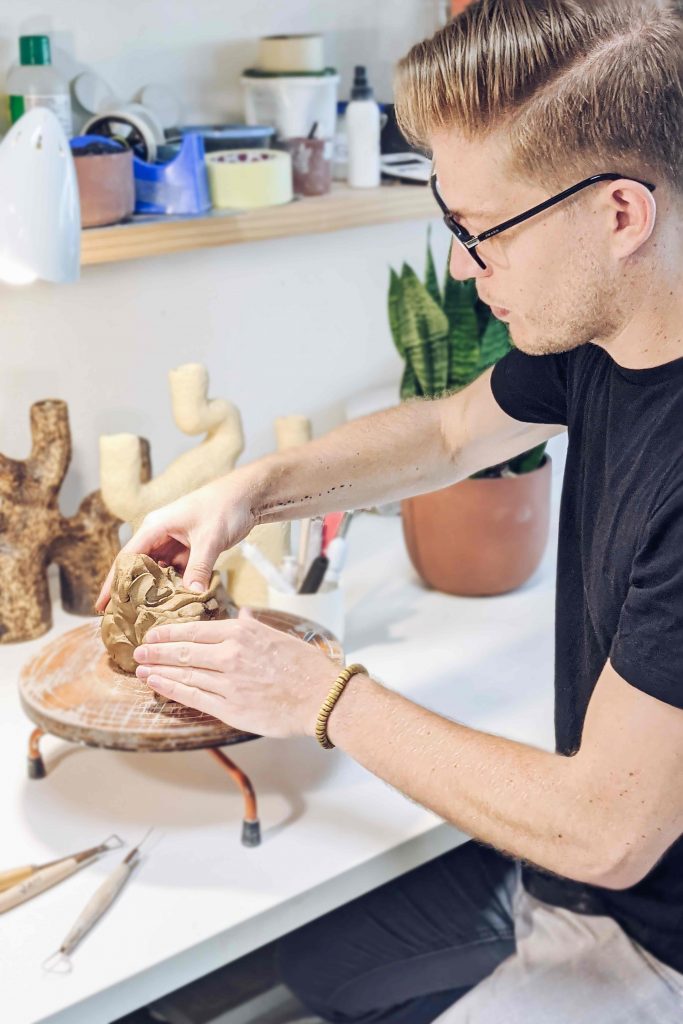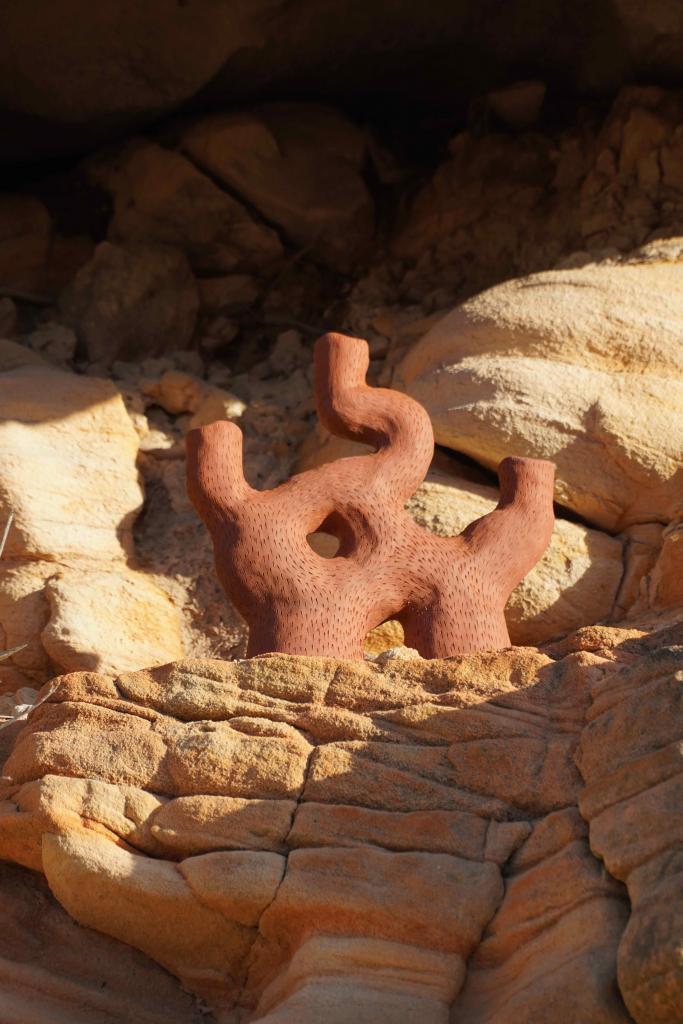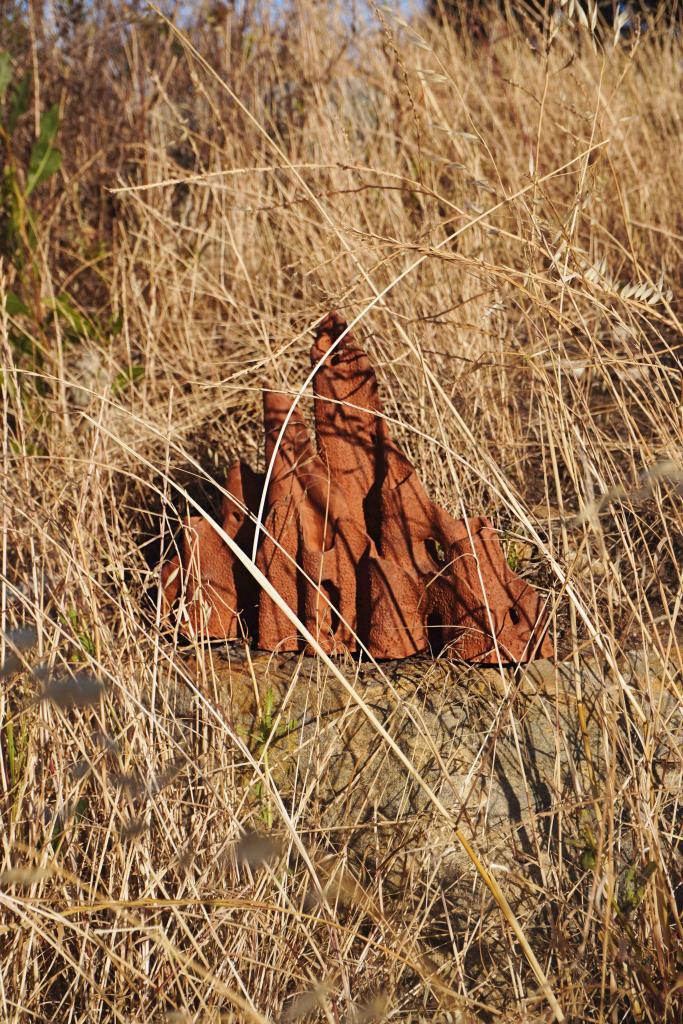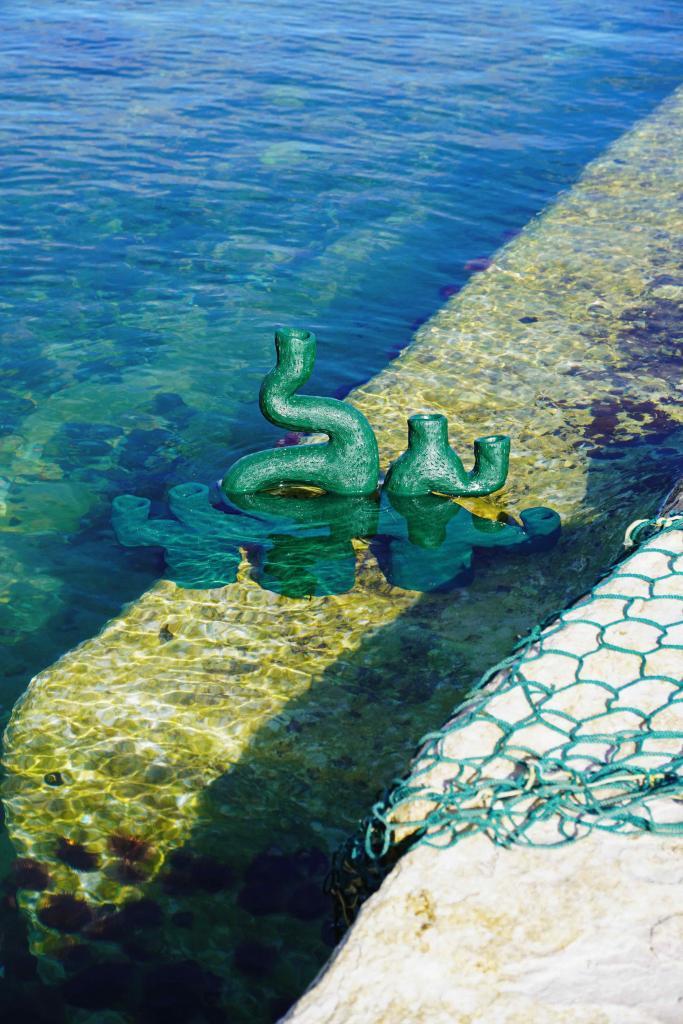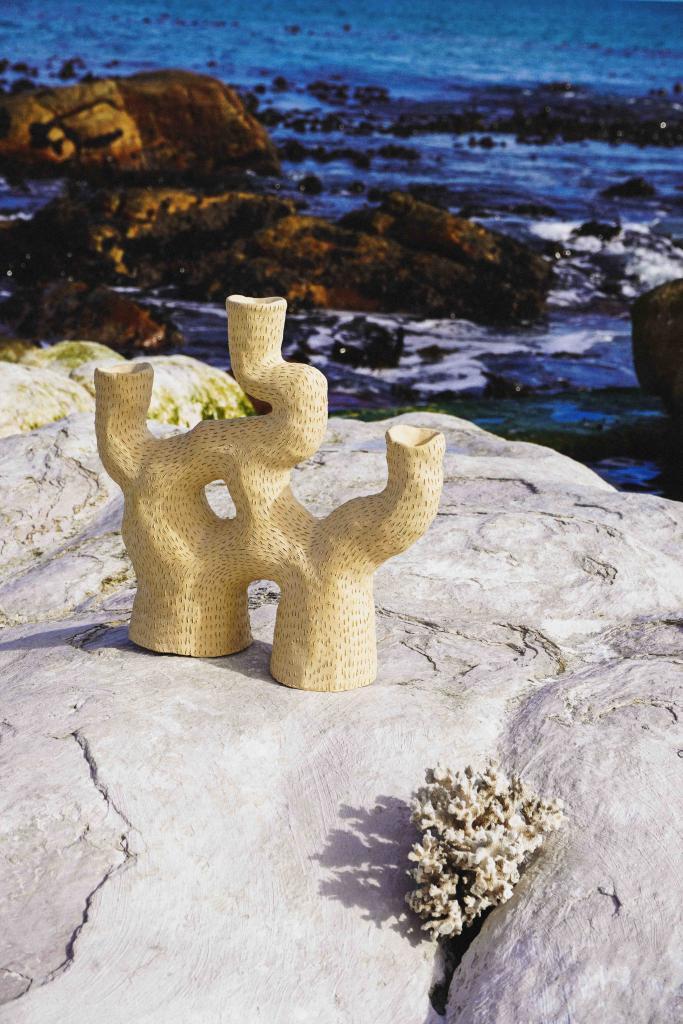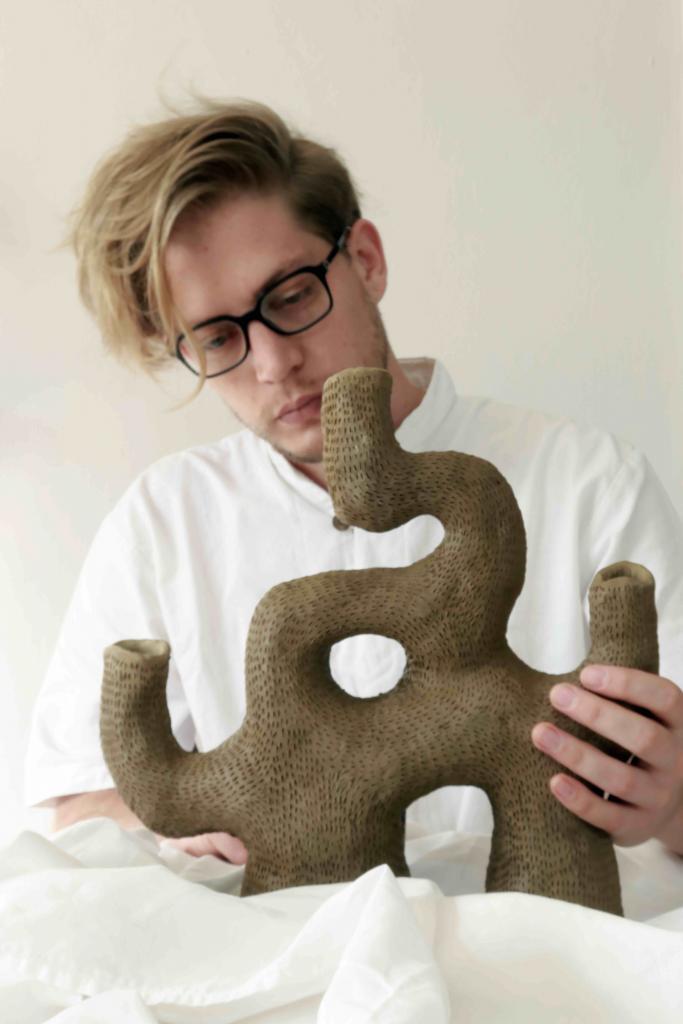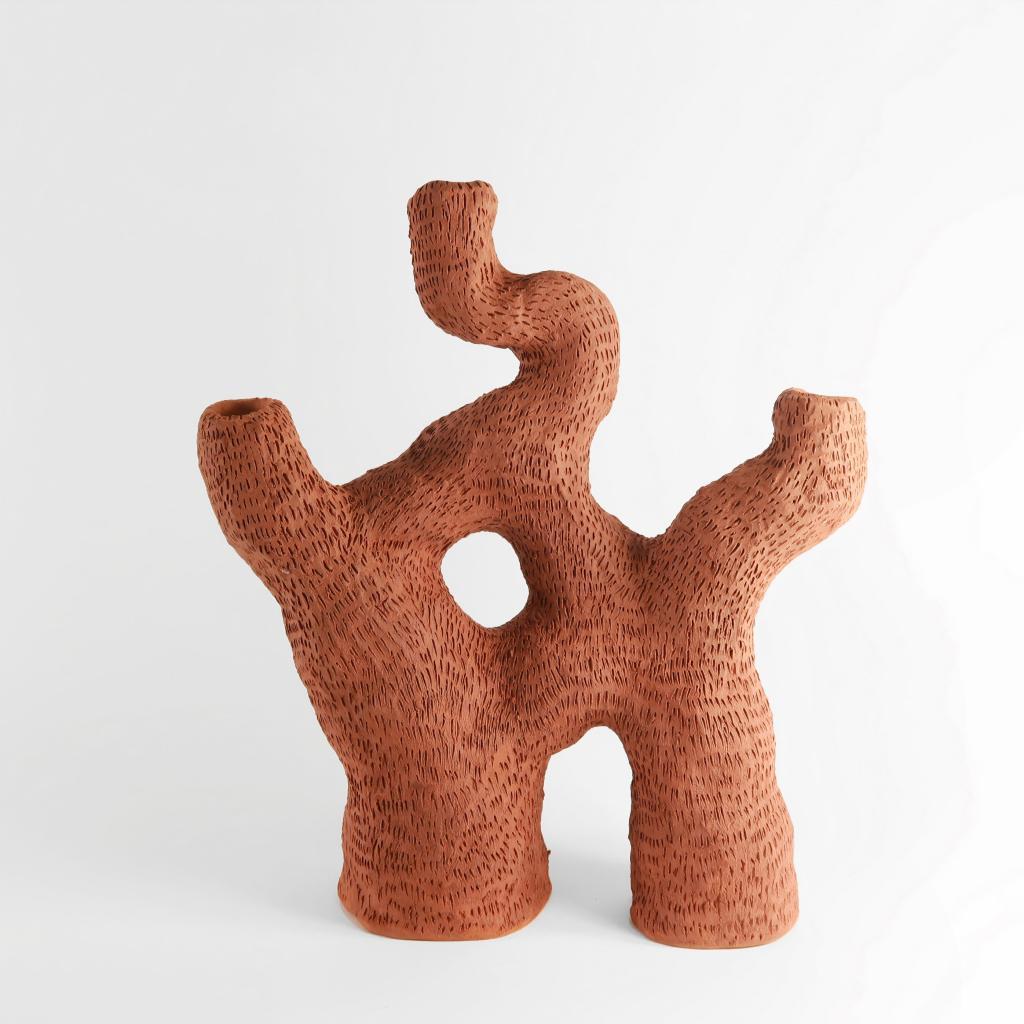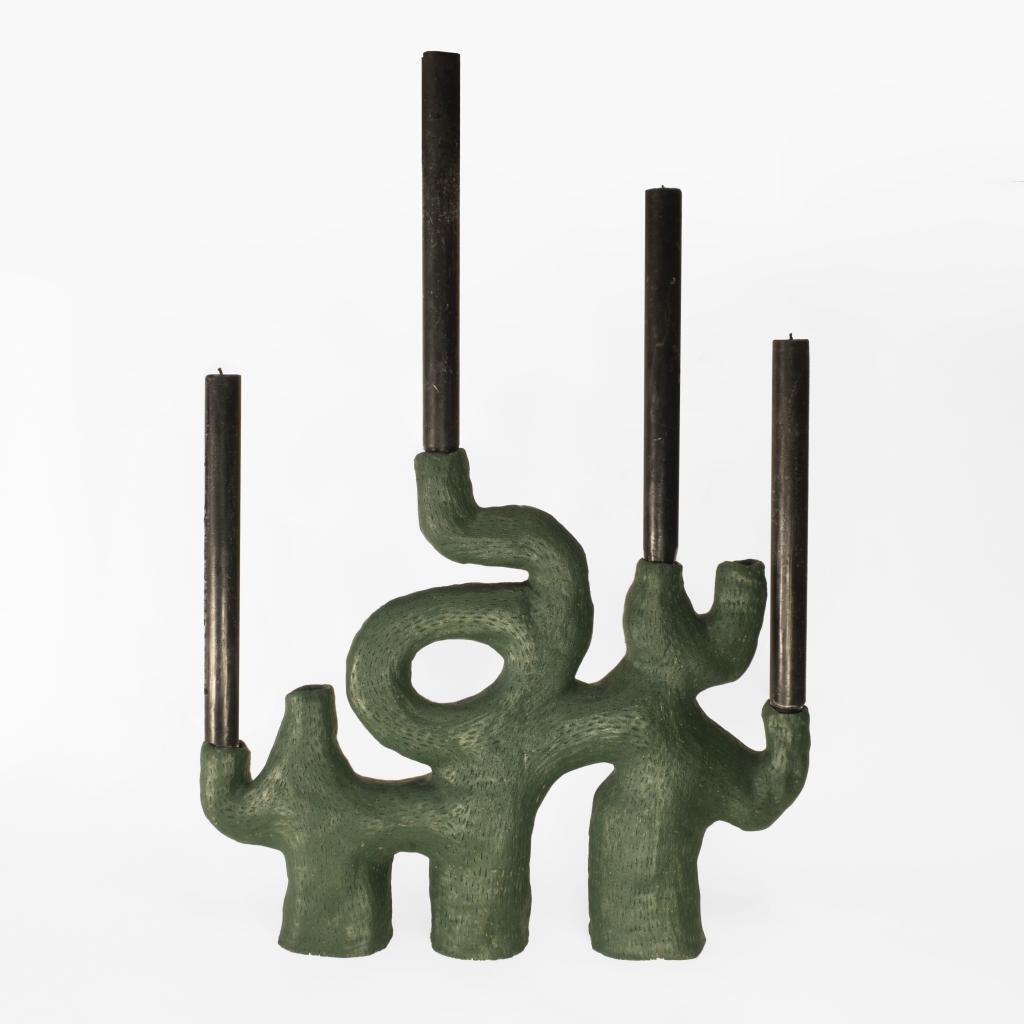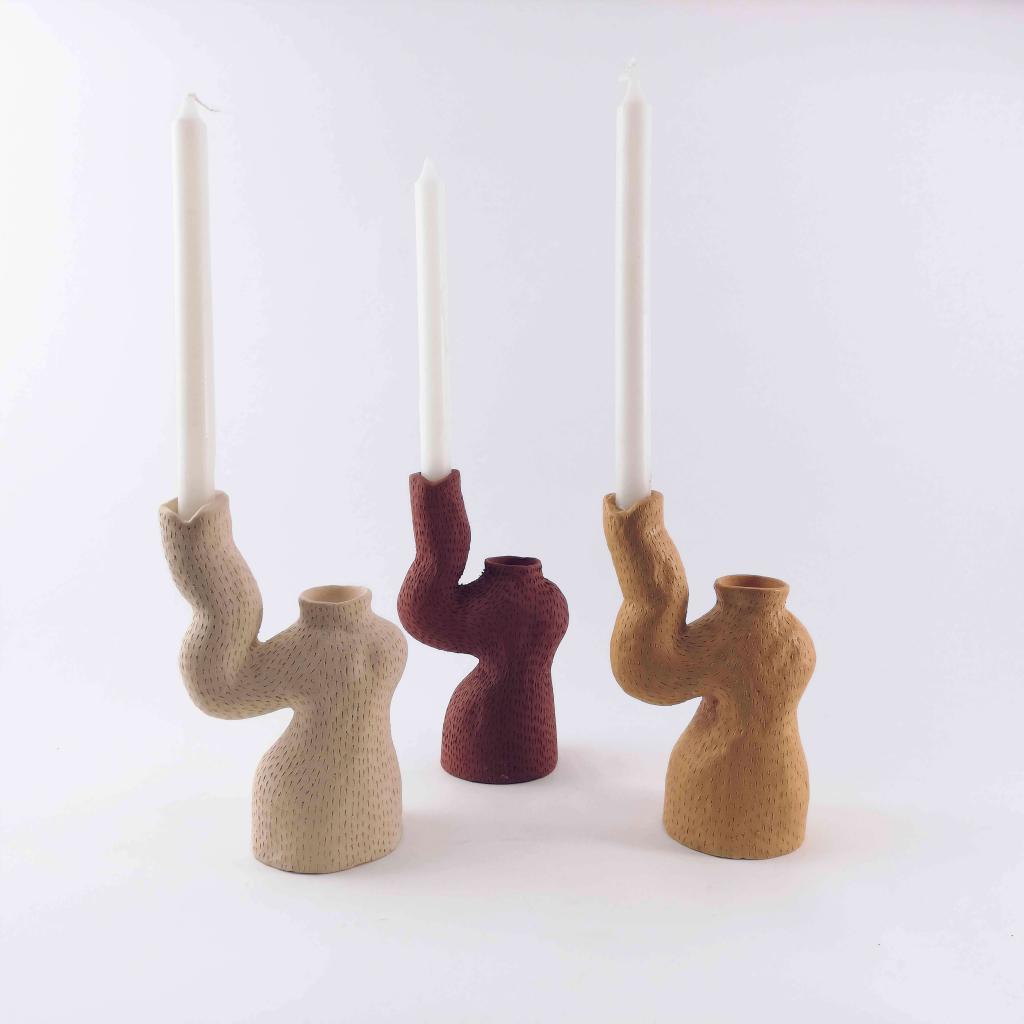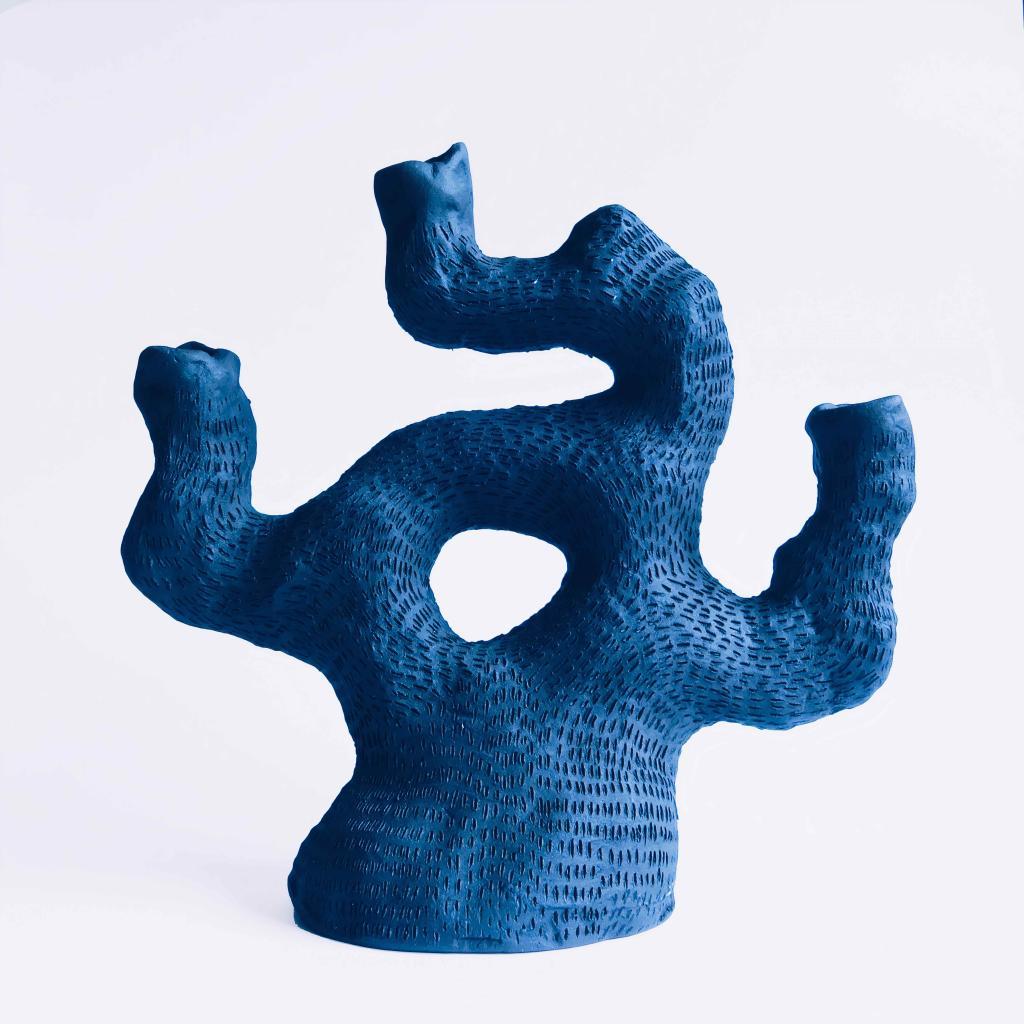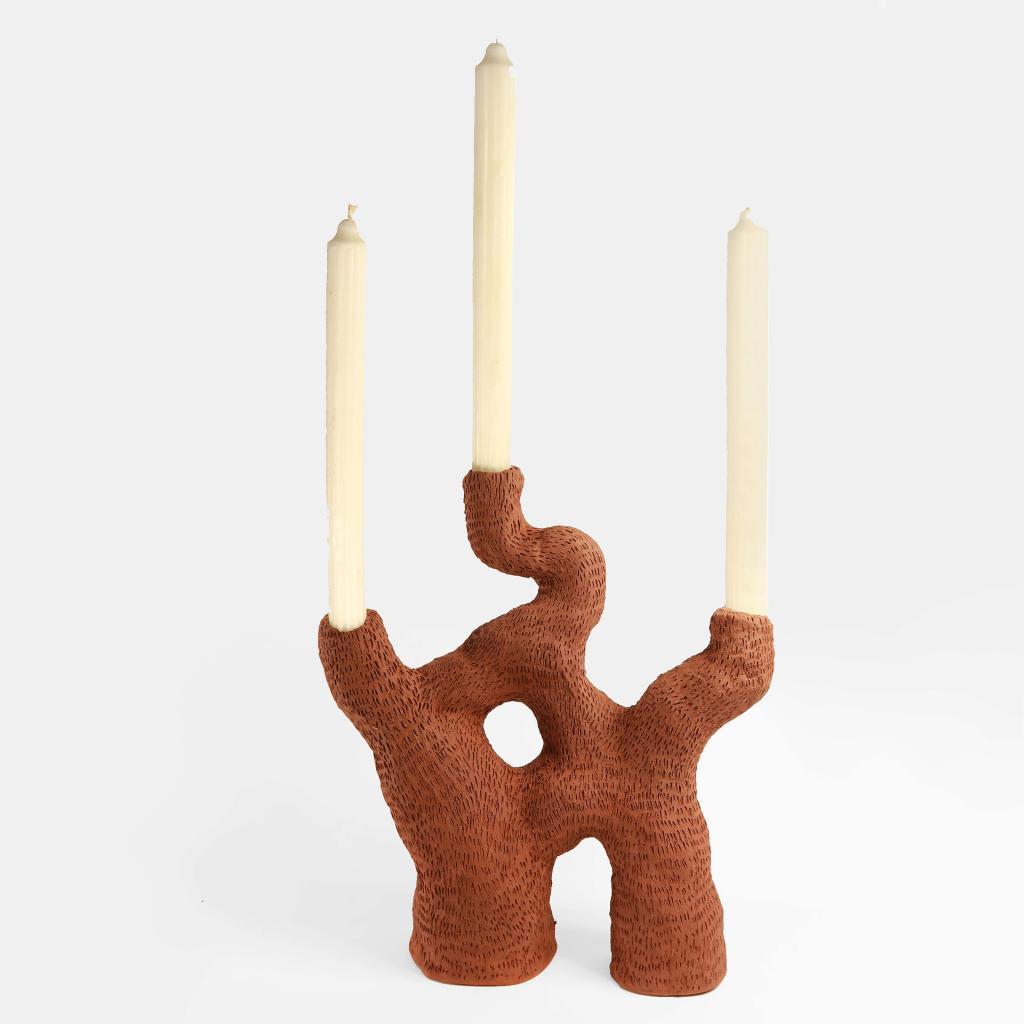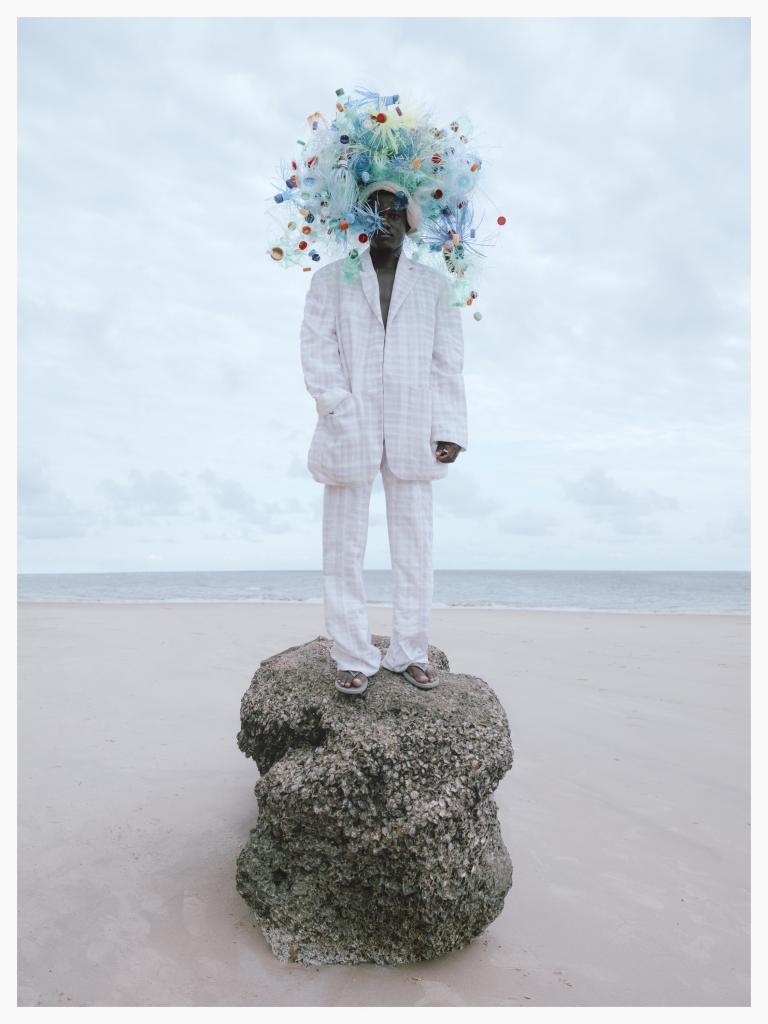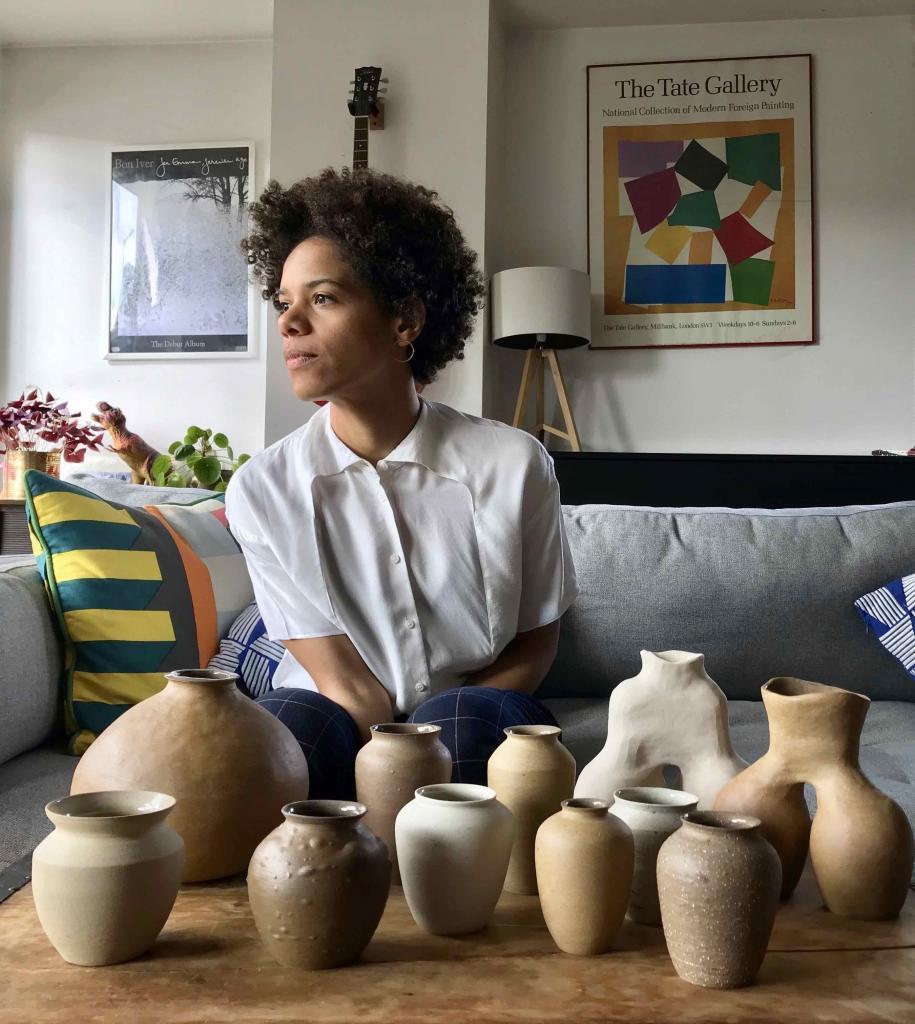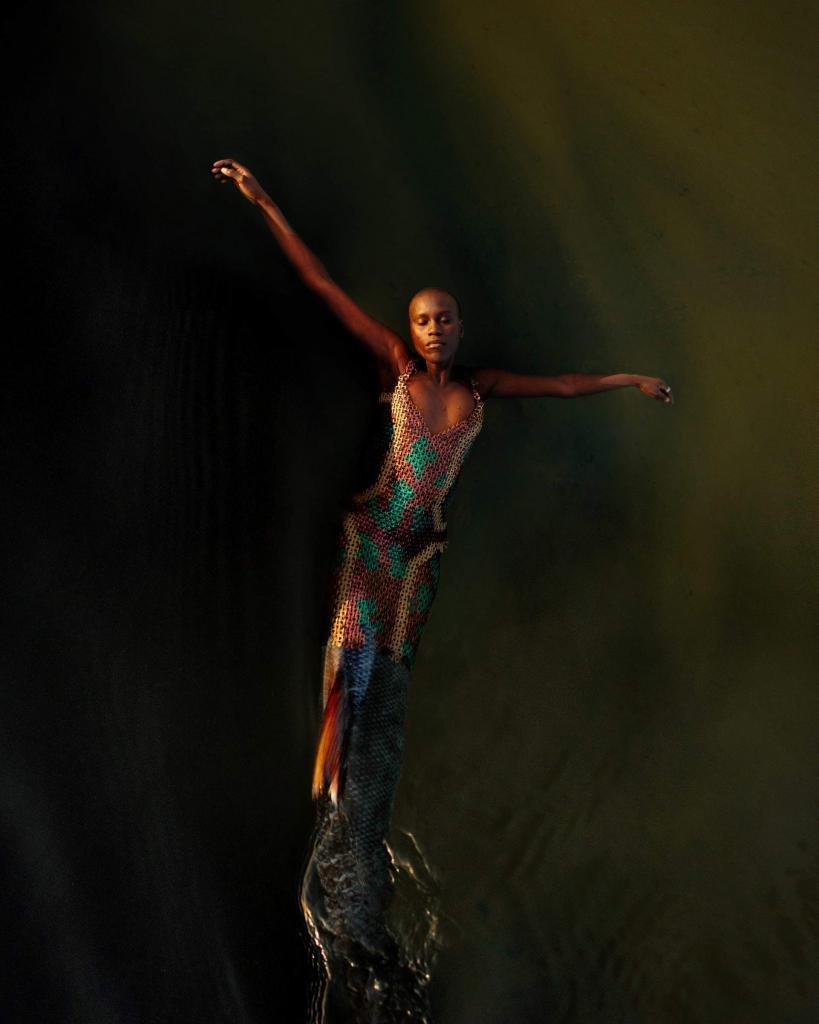Connecting The Hand To The Heart With Functional Designer Jan Ernst
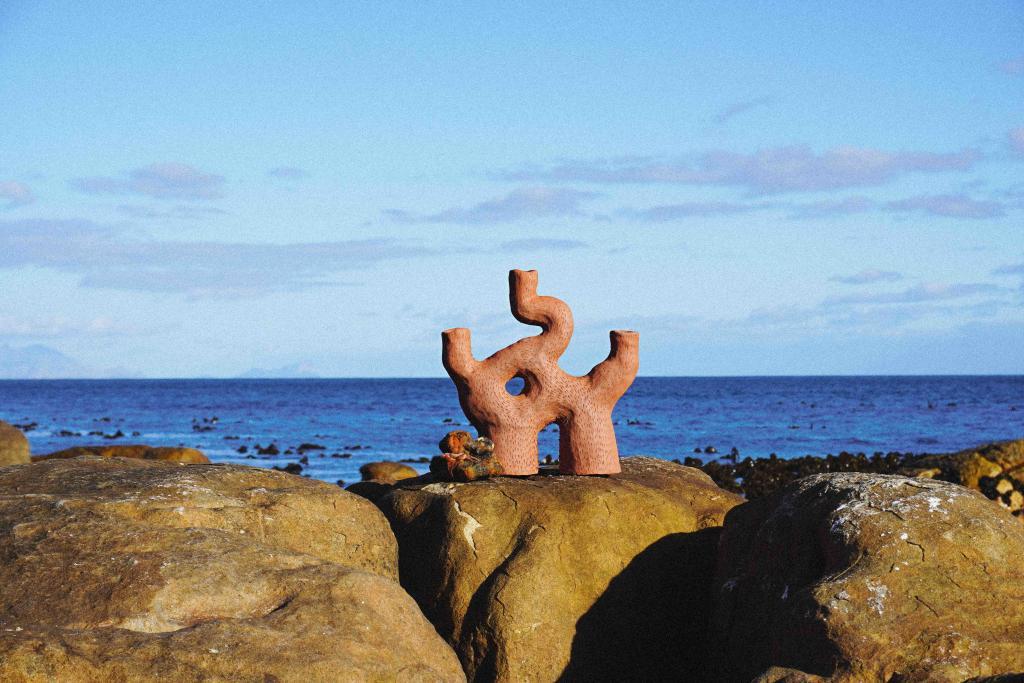
Drawing from nature as inspiration, Jan Ernst creates elegant and alluring ceramic designs that delicately balance form and function. For him, ceramics is linked to exploration, experimentation and finding equilibrium in composition, structure and materiality. With an educational background in architecture, Ernst’s main medium is clay, through which he brings to life gracefully gorgeous organic designs. Although his formal journey into ceramics began later in life, the little mud houses and clay villages made in his childhood ignited a passion he would later pursue. Tactility, peculiarity, decay and delight are all significant principles that hold the work of the Cape Town-based artist. He doesn’t shy away from contradiction —durability and nuance are handled with great finesse.
Below is a conversation I had with Ernst about his practice, his philosophy towards beauty and what he has planned for the future.
Nkgopoleng Moloi: You describe your work as functional art, can you tell us what you mean by this?
Jan Ernst: The first thing that comes to mind is an architectural phrase by Roman architect Marcus Vitruvius Pollio, ‘commodity, firmness, and delight’. He believed if a design embraced and balanced all three aspects, the creator would have been successful in his task. Commodity refers to the functionality of the design – in the case of the candelabra, the aim is to successfully hold candles. Firmness refers to construction/making of an object that is steady. Finally, delight refers to the fulfilment of the aesthetic function.
N.M: When I look at your work, there is a subtlety and delicacy – an almost minimal approach but not quite. How would you describe your visual language?
J.E: You are right. There is an interplay between the delicate and robust. Minimal yet slightly adorned with texture. Nature is full of these nuances. The minimal aesthetic is driven by the functionality of the design item. Through my work, I aim to create a balance between what is pure and true to clay as a material and something that reflects the manicured environments we live in.
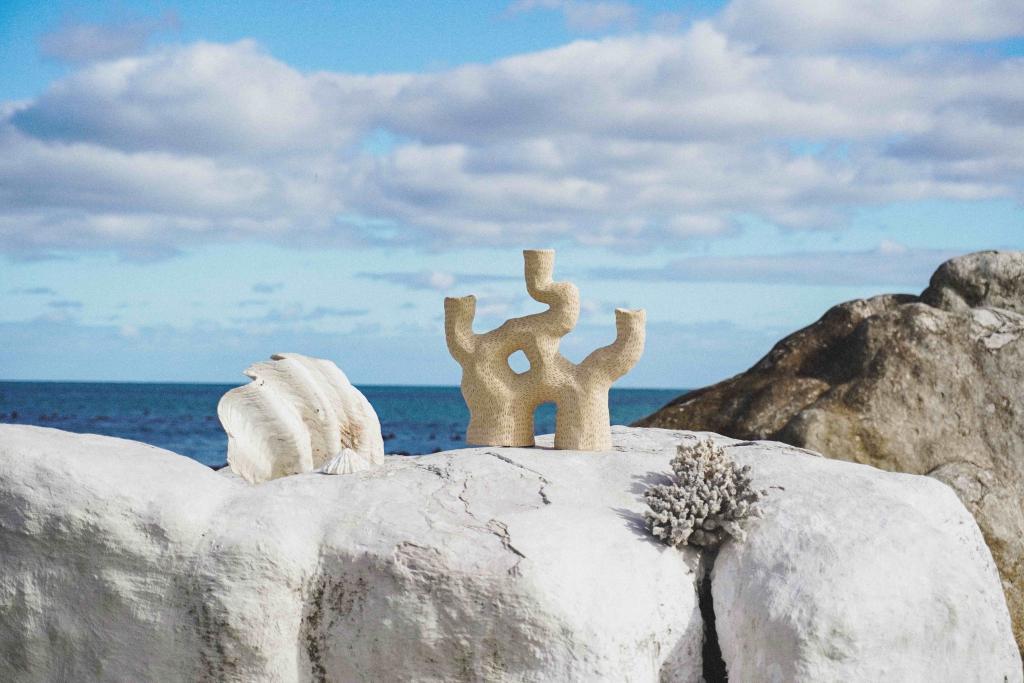
N.M: Can you tell us about your journey into ceramics? How and when it began?
J.E: If we go way back to when I was a little boy growing up on a farm, one could say that was the time it all started. I remember building mud houses and little villages made of dirt and clay found in the garden. I was first introduced to formal training in ceramics in high school during my art classes. Before I completed my master’s in architecture, I attended the art school at Nelson Mandela University and was further exposed to it in my sculpture and 3D studies. It was through my architecture studio that I began working with Vorster and Braye Ceramics. I was almost instantly hooked to the medium but wanted to explore it in a new way.
N.M: Your work is hardly ever smooth. It is scarified with incisions and marks on its skin. Can you tell us about the process of mark-making in your work? And why this approach?
J.E: I am personally drawn to textural items – I love to touch objects because of the interaction with it. While ‘smooth’ is technically also a texture, the mark-making comes from my interpretation of the textures found in nature and leaving traces of engagement with the piece. I use texture, not as an applied decorative element, but rather to enhance the compositional lines of the pieces. The thin lines on the coral-like candelabra emphasize flow and curves and give movement to the piece.
The mud-like texture on the anthill anchors the piece to its environment and represents the earth/dirt created by ants when they form anthills. Creating these textures takes a lot of time. I inscribe with a thin tool to create the lines or smash a blunt object into very wet clay to create the earthlike texture. I suppose there is something about removing or taking away from the purity of the smooth clay.
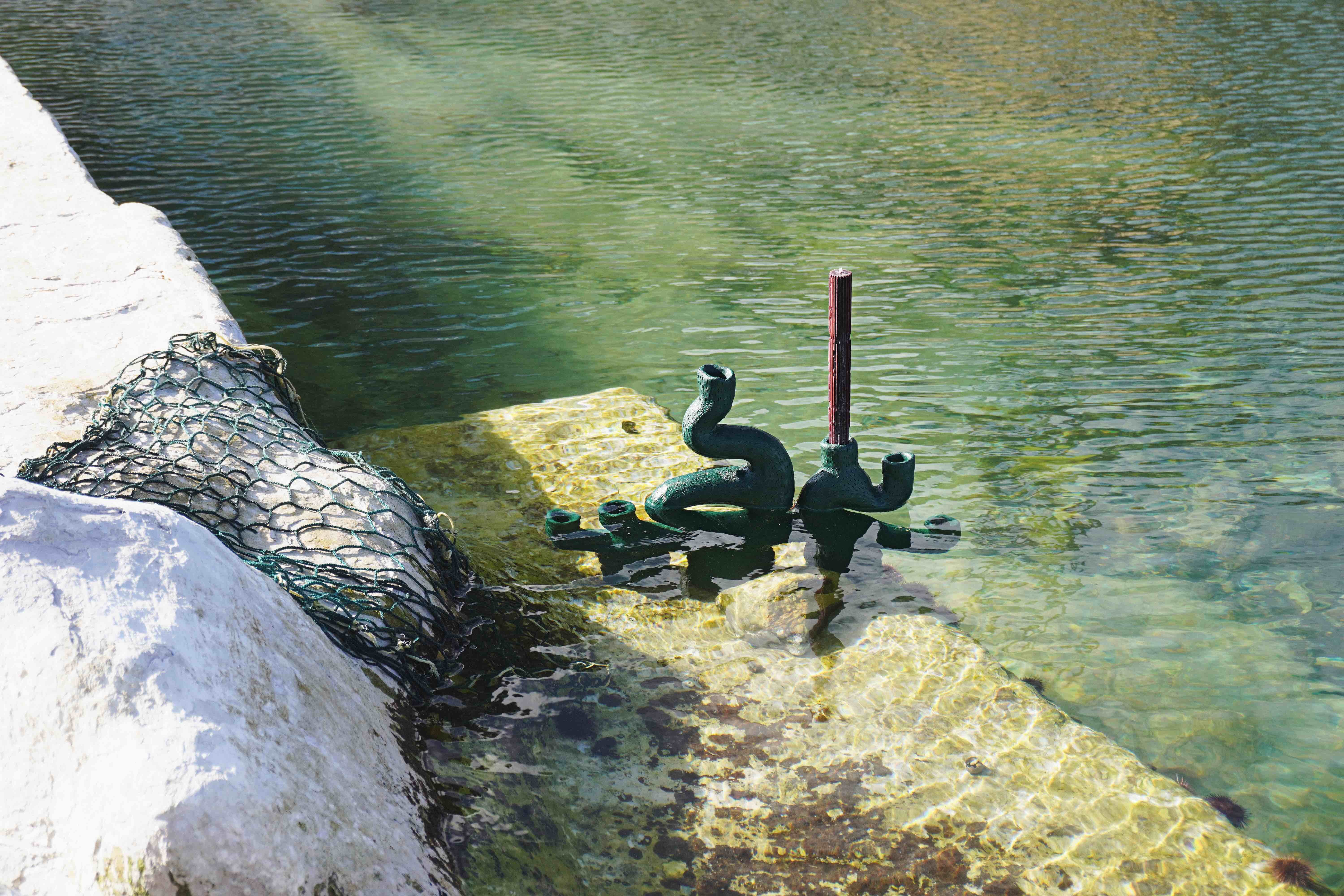
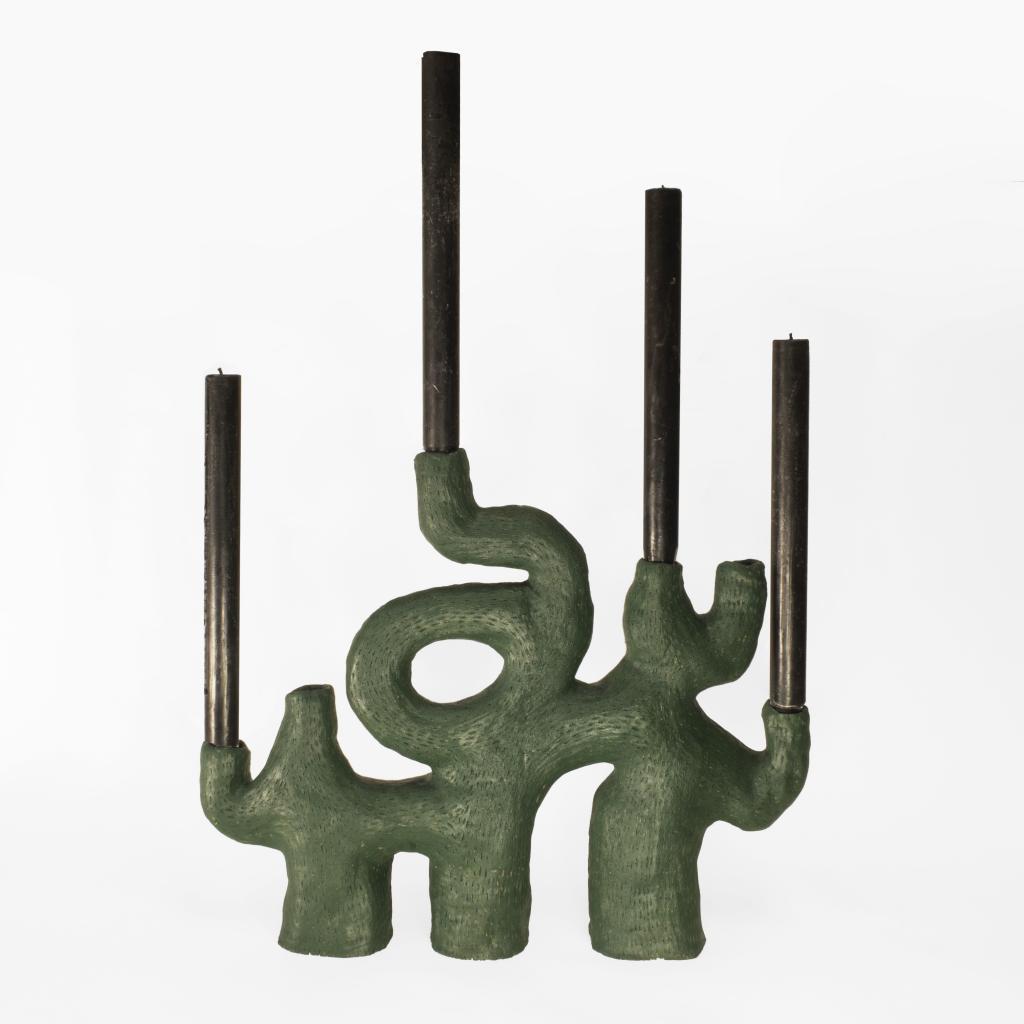
6 arms, 3 legs 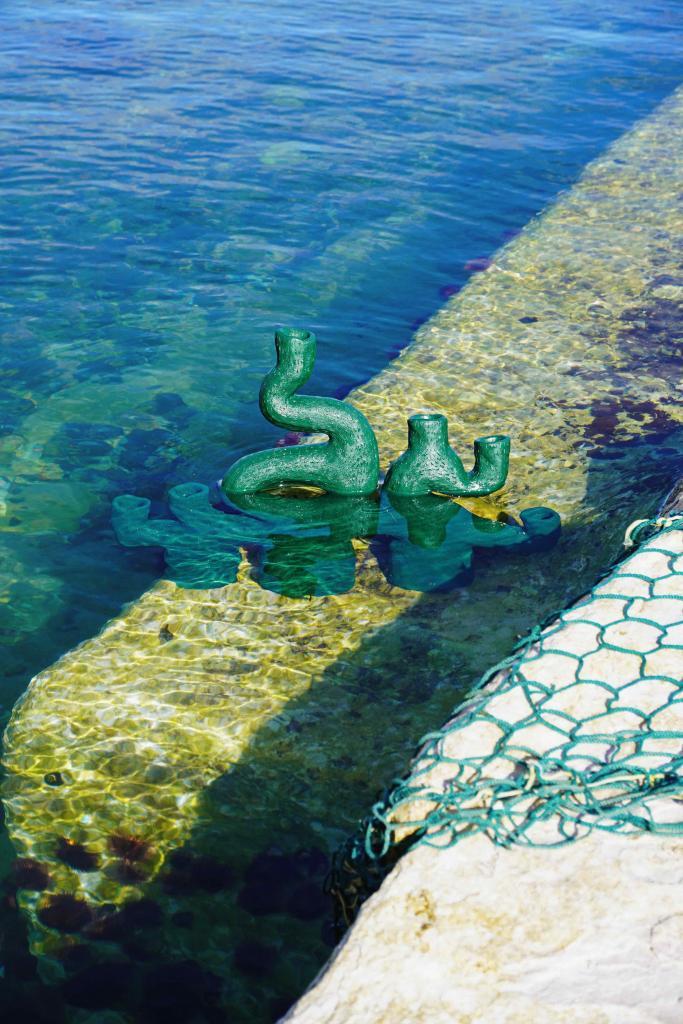
6 arms, 3 legs
N.M: You describe the work as being influenced by natural structures —corals, fungi and rock formations —what is it about these structures that fascinates you?
J.E: I find organic forms fascinating. It never tries to be something other than what it just is. Very truthful. It reflects growth, decay, and change, so there is a story of time passing behind it. Like the rock formations in the Cederberg that are carved away by the winds to create monolithic sculptures. From a ‘making’ point of view, clay also prefers to be shaped into organic forms rather than straight lines – so the medium accommodates the inspiration and physical form very well. It is incredibly challenging to create something like a webbed structure floating in the air, but that’s the beauty of it. Pushing the medium to its limits and succeeding.
N.M: I’m interested to know if you have a philosophy towards beauty. In your work, how much do you think about beauty, how do you think about what beauty is and how do you bring it to life?
J.E: I think of beauty all the time while I am creating. I suppose it is influenced a lot by my architectural background. I find beauty in composition, structure, materiality, and functionality. These elements working together in harmony create a result that is aesthetically pleasing and serves a purpose. That might be a very academic approach, but I also find beauty in the absurd, in the awkward and technically wrong – it is like a good joke with a strong punch line. The quirk and the cleverness.
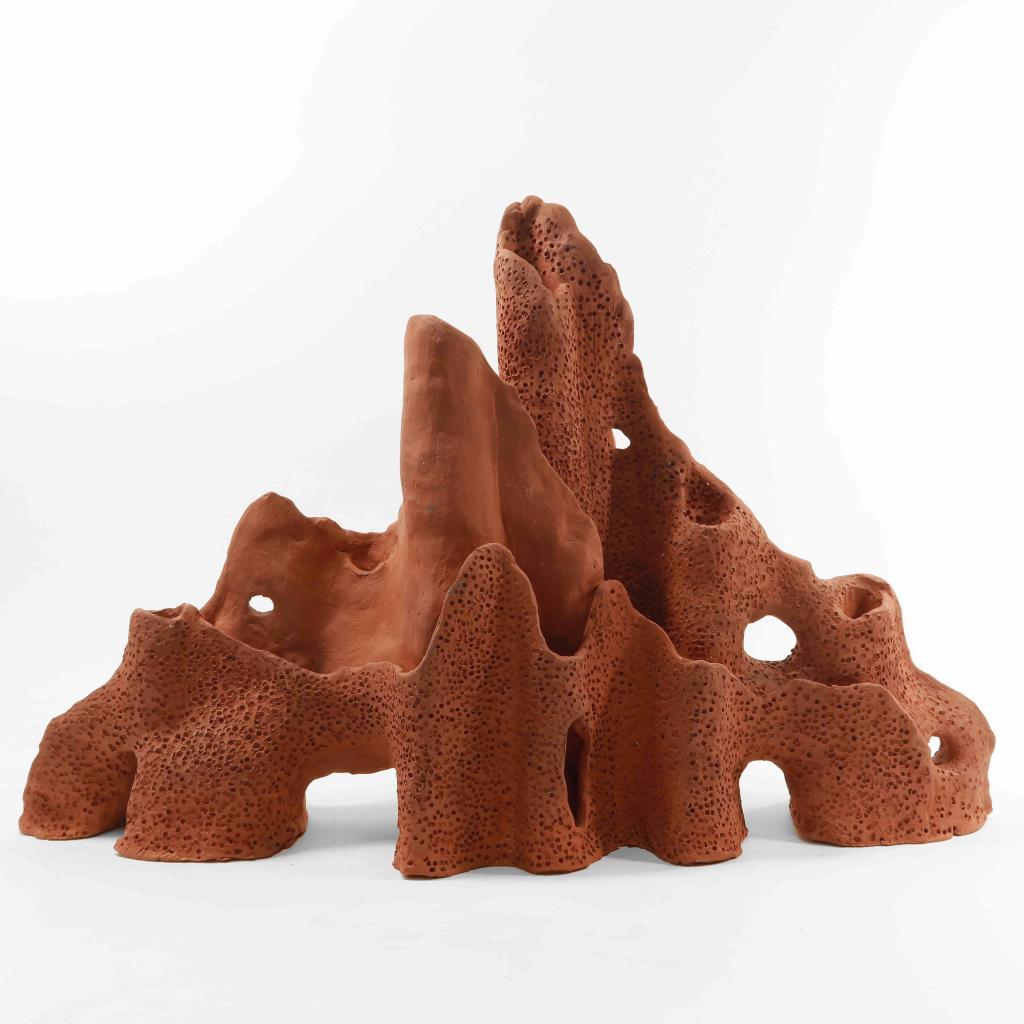
Veld Candelabra, 7 tiers 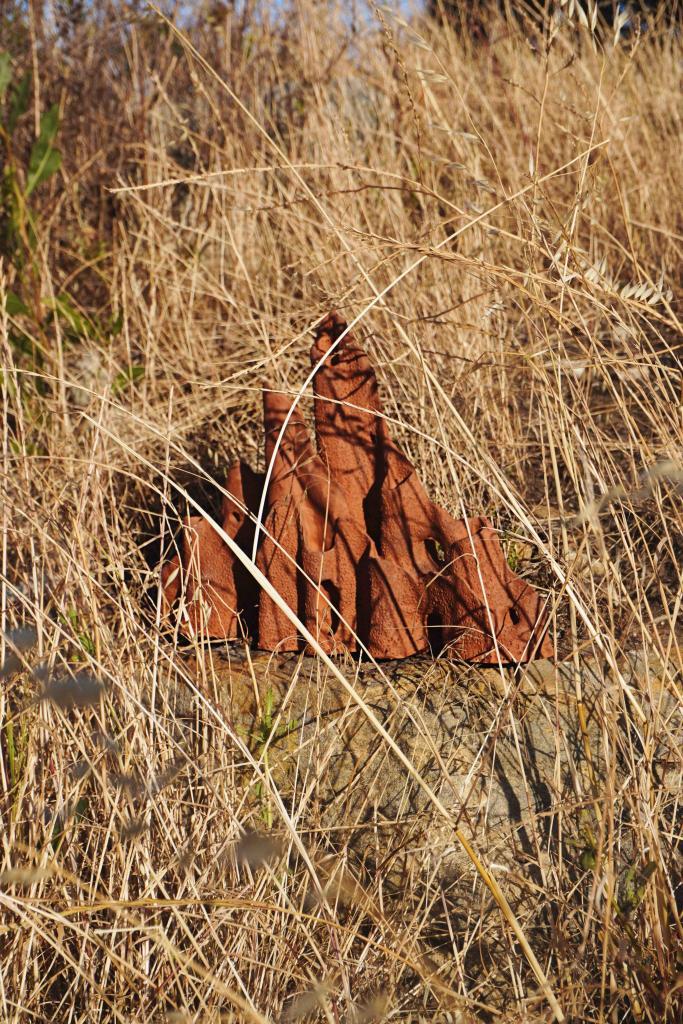
N.M: Can you tell us about your process of creating the works, from inception until completion? A piece such as the 6 Arms, 3 legs Ceramic candelabra or the Ant hill candelabra in Terra Cotta, for instance?
J.E: The seed of the idea comes from exploring nature and borrowing ideas from the environment. I love to walk around in the veld or spend time on the rocks by the ocean. Nature never stops to provide inspiration. From that point, I begin to stylize and abstract through rough sketches and models. A lot of the models I make are used to just understand the form, to refine, subtract, and add until it feels good. In my mind’s eye I see the lines of the candles meeting the clay. Triangular composition, and the inclusion of shapes such as circles or ovals and then distorting it into more organic and free-flowing shapes. The last bit is the texture I apply. The choice of texture is a simplified graphic of the real texture found on corals or anthills for instance.
N.M: Do you collaborate much within your practice? If so, can you tell us about your approach to collaboration?
J.E: I think collaborations create some of the best design results. It is valuable to see how someone else thinks about your work and what their approach would be. Within a collaboration, it is important to stay true to your design character but borrow what is relevant from the other party. I am currently collaborating with another studio whose design style is completely different from mine—thin, utilitarian and very stylized. I am gaining an appreciation for detail, precision, and geometry.
N.M: Bernard Leach ( the man thought of as the father of pottery) used to describe pottery as “a way of connecting the hand to the heart”. I’m curious, as someone with a background in a different field (architecture), what is it that ceramics offers you that perhaps architecture or interior design does not?
J.E: What fascinates me most about ceramics is seeing how something that I have designed can take shape right in front of my eyes while I am engaging with it. During my studies in architecture, we used to build models of what our buildings would look like [pre-computer-generated imagery]. Architecture is a slow profession and these days we are very removed from the physical. Everything happens on computers with digital representations and virtual tours – it does not leave much room for creating by hand. The idea of connecting hand and heart through pottery is something I can relate with. There is beauty in the process of engagement, in understanding the physical form right in front of you and the time spent perfecting it.
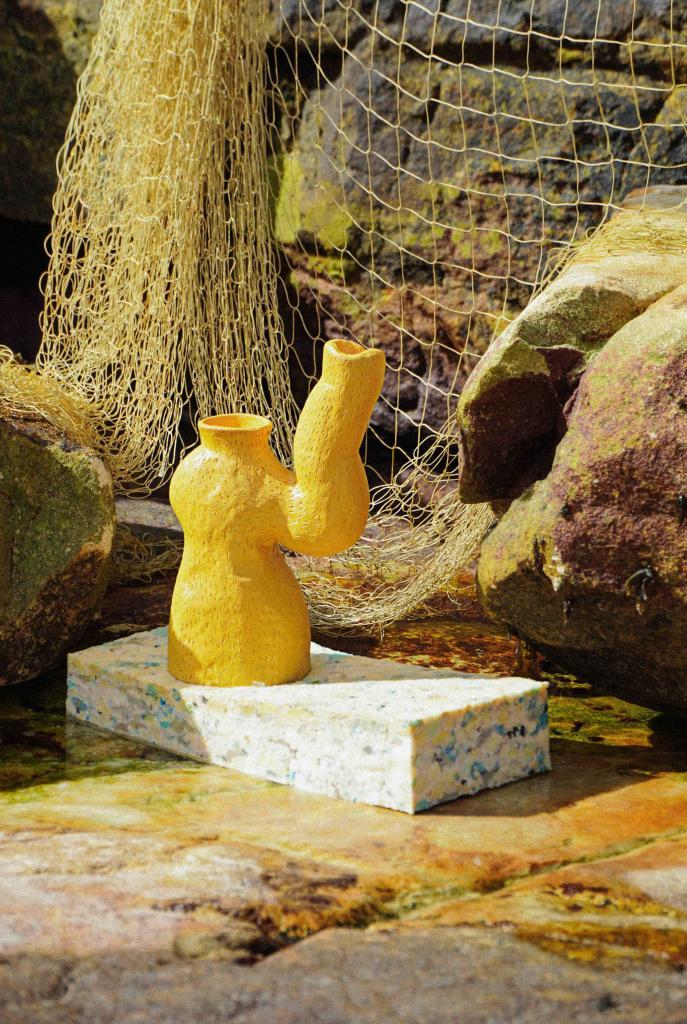
N.M: Can you tell us about your plans for the near future, if any? Are you working on new collections? What is the direction etc?
J.E: I am currently working on a new collection called “Formations” – it is commissioned by a private client in Stellenbosch and will include a desk, side table, floor lamp, bench, and table lamp. The idea is to challenge the structural qualities of clay as a medium in its purest form. The desk, for instance, will not have a substructure made of steel or timber. The design aesthetic is driven by rock formations inspired by the Cederberg or fungi from the Newlands forest in the Western Cape. It aims to showcase the overlapping organic structures from the micro to the macro-scale.

